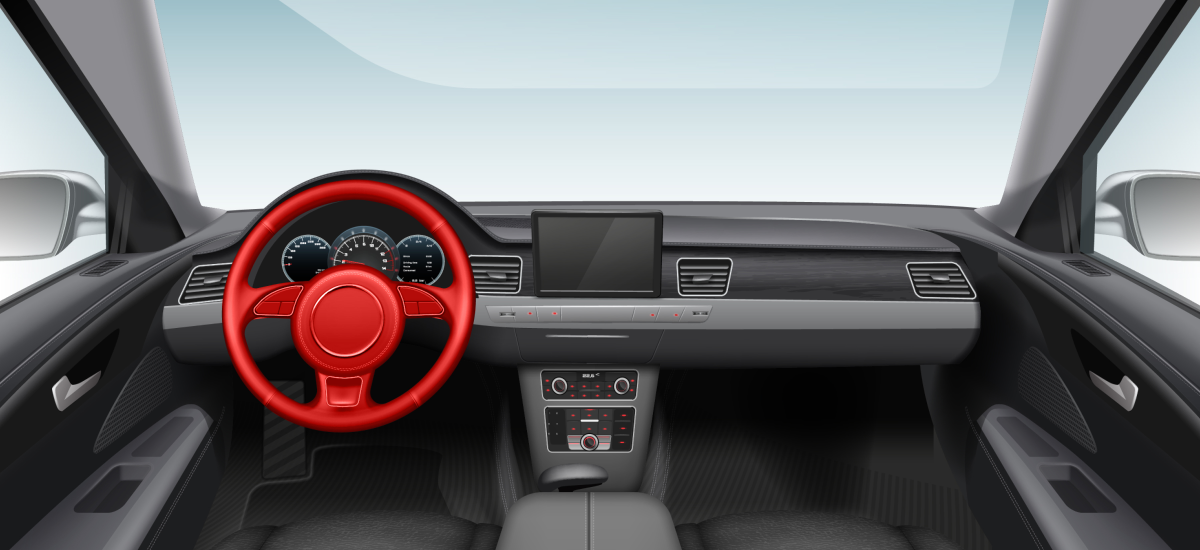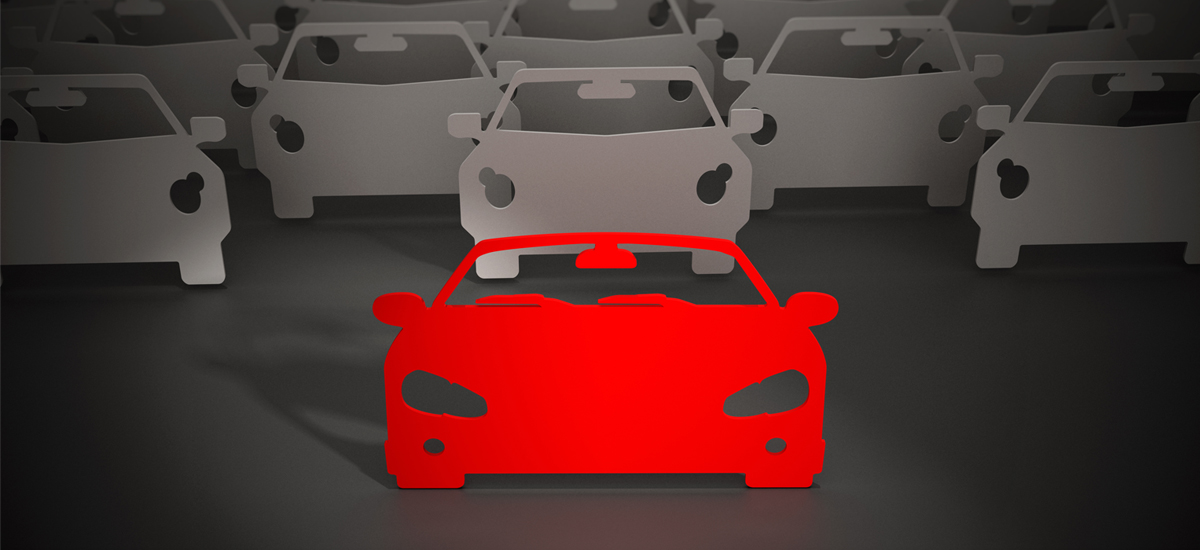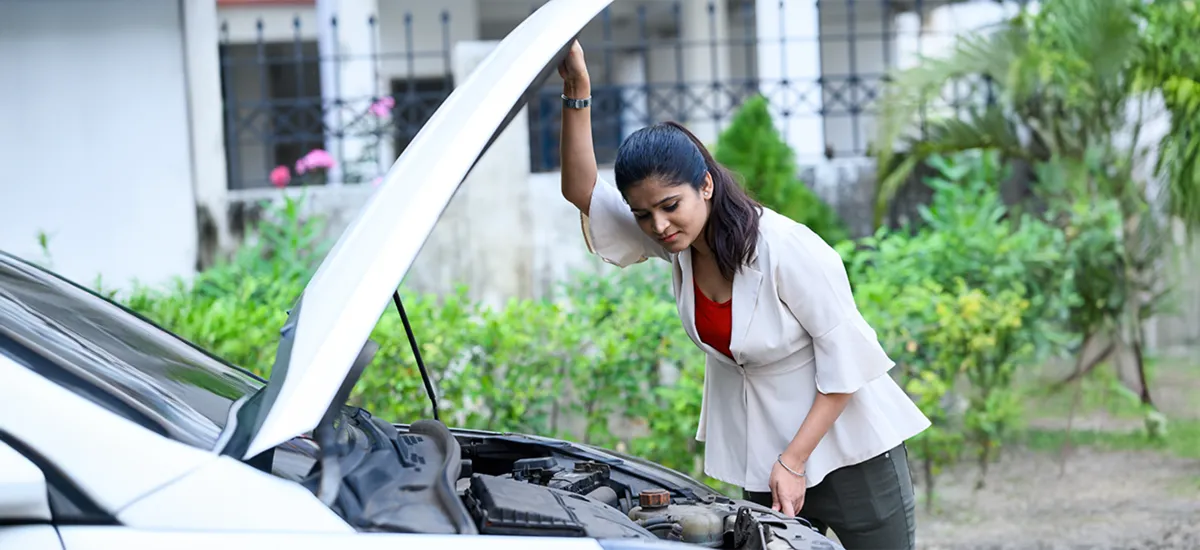When buying or renewing car insurance for an old vehicle, it is important to determine the correct insured declared value (IDV). IDV represents the estimated market value of your car, which directly affects the insurance premium and the amount of claims in the form of damage or theft.
Setting the right IDV ensures adequate financial protection without overpaying on premiums. Let's delve deeper to learn how to calculate the right IDV for an old car, the factors that affect it and the best procedures for choosing ideal IDV when buying online car insurance.
What Is IDV in Car Insurance?
Insured Declared Value (IDV) is the maximum sum insured by an insurance provider for a vehicle in case of theft or total loss. It is based on the car’s current market value after considering depreciation.
How Does IDV Affects Your Car Insurance?
· Premium calculation: A higher IDV in insurance results in a higher premium, while a lower IDV reduces the premium.
· Resale value consideration: If you plan to sell the car soon, setting the correct IDV ensures better financial value.
· Claim settlement: If the IDV in Car insurance is too low, you might receive an insufficient payout in case of a total loss.
How to Calculate the Right IDV for an Old Car?
The IDV of a car is calculated based on its ex-showroom price minus the depreciation cost. The IDV calculator used by insurers follows standard depreciation rates set by the Insurance Regulatory and Development Authority of India (IRDAI):
Vehicle Age
|
Depreciation Rate
|
0 - 6 months
|
5%
|
6 months - 1 year
|
15%
|
1 - 2 years
|
20%
|
2 - 3 years
|
30%
|
3 - 4 years
|
40%
|
4 - 5 years
|
50%
|
More than 5 years
|
Mutual agreement with insurer
|
For cars older than 5 years, IDV car insurance is determined through a negotiation between the insurer and policyholder based on the vehicle’s market condition, model, and availability of spare parts.
Example of IDV Calculation:
Let’s assume you purchased a car with an ex-showroom price of ₹10 lakh:
· After 3 years, depreciation is 40% → IDV = ₹6 lakh
· After 5 years, depreciation is 50% → IDV = ₹5 lakh
· After 6 years, the IDV is set based on a mutual agreement with the insurer.
Using an IDV calculator, you can compare different IDV values before finalising the best option for your car insurance renewal.
Factors to Consider While Selecting the Right IDV for an Old Car
1. The vehicle's market price
Research for the current market price of the car's brand and model. If your car is no longer in production, you can check the price of resale for similar vehicles.
2. Age and depreciation
If your car is more than 5 years old, the insurance companies cannot follow fixed depreciation rates, making the negotiation necessary.
3. Comprehensive vs Third-Party Car Insurance
· Comprehensive Insurance: IDV calculation is required as it covers theft and total damage.
· Third-party car insurance: IDV is not considered because it only includes third-party car insurance.
4. Premium vs Claim amount
The option for a low IDV car insurance reduces your insurance premium, but you can be underinsured in terms of total damage. In contrast, a high IDV increases the insurance premium unnecessarily.
5. Purpose of insurance renewal
If you are planning to sell the car soon, a low IDV can reduce renewal costs. If you intend to use your car for several years, it is beneficial to keep IDV close to the market value.
Mistakes to Avoid When Setting IDV for an Old Car
· Selection of the lower IDV to save on premium
The alternative for the lower IDV can reduce your price, but in case of theft or total loss, you can get low claim payout.
· Not reviewing IDV when renewing car insurance
Always check and update IDV in insurance when renewing car insurance online, as depreciation affects the value every year.
· Ignoring Insurer’s IDV evaluation criteria
For cars over the age of 5, insurance companies rely on factors such as market demand, maintenance cost and spare parts availability to determine IDV.
Wrapping Up
Choosing the right IDV when buying car insurance for an old car is necessary to ensure appropriate premium prices and adequate insurance coverage. Use the IDV calculator, compare different insurance plans and balance th2e premium with the required claim payout to make a wise decision.
By following these steps, you can ensure that your car insurance provides optimal financial security without unnecessary costs. For a worry-free car insurance online experience, visit Generali Central Insurance and find out the customised IDV options that fit your needs.
Frequently Asked Questions ( FAQs )
1. Can I change the IDV of my car while renewing my car insurance?
Yes, most insurers allow policyholders to adjust the IDV within a specified range when renewing car insurance. However, it should align with your car’s market value to avoid underinsurance.
2. How does IDV impact my car insurance premium?
A higher IDV increases the premium, while a lower IDV reduces it. However, a very low IDV can result in an inadequate claim amount in case of total loss.
3. What happens if I declare an incorrect IDV?
Declaring a very high or very low IDV can lead to claim settlement issues. A high IDV means paying more premiums, while a low IDV can result in an insufficient payout.
4. Is IDV applicable for third-party car insurance?
No, third-party car insurance does not consider IDV as it only covers damages to third-party property and individuals, not the insured vehicle.
5. How do I use an IDV calculator?
An IDV calculator requires you to enter details such as car make, model, variant, and registration year. It then provides an estimated IDV based on standard depreciation rates.






















